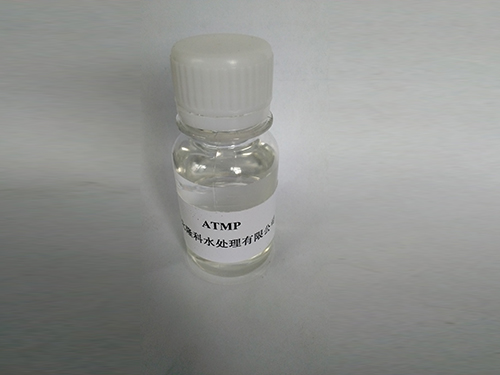Synthesis and Applications of Diethylenetriamine Penta Methylene Phosphonic Acid in Modern Chemistry
Understanding Diethylenetriamine Penta Methylene Phosphonic Acid Properties and Applications
Diethylenetriamine penta methylene phosphonic acid (DTPMPA) is a versatile and widely utilized chelating agent. Its unique chemical structure, characterized by the presence of multiple phosphonic acid groups, enables it to effectively bind to metal ions, making it an essential compound in a variety of applications, particularly in water treatment, agriculture, and industrial processes.
Chemical Structure and Properties
The molecular formula of DTPMPA outlines its complexity and potential. It possesses five methylene phosphonic acid groups attached to a diethylenetriamine backbone. This arrangement allows DTPMPA to function as a hexadentate ligand, meaning it can form multiple bonds with metallic ions. One of the most notable properties of DTPMPA is its excellent solubility in water, which enhances its effectiveness in aqueous environments.
DTPMPA exhibits remarkable thermal stability and resistance to hydrolysis, which is crucial in industrial scenarios where it is subjected to varying temperatures and pH levels
. Its chelating ability is especially pronounced with calcium, magnesium, and other transition metals, which helps to prevent scale formation and tackle corrosion in various systems.Applications in Water Treatment
One of the primary applications of DTPMPA is in water treatment processes. It is employed as a scale and corrosion inhibitor in cooling water systems, boilers, and industrial water installations. The formation of scale can significantly hinder the efficiency of these systems, resulting in higher maintenance costs and potential failures. By effectively binding with calcium and magnesium ions, DTPMPA helps to prevent scale deposits on equipment surfaces, ensuring smoother operation and extended lifespan of machinery.
diethylenetriamine penta methylene phosphonic acid

Moreover, DTPMPA can enhance the performance of other biocides and disinfectants, helping to maintain a cleaner and safer water supply. Its bacterial bioactivity further supports its role in water treatment, as it can inhibit the growth of biofilms that may form in various aquatic systems.
Role in Agriculture
In agricultural applications, DTPMPA is increasingly recognized for its ability to enhance nutrient availability. It facilitates the chelation of essential micronutrients, such as iron and zinc, making them more accessible to plants. This is particularly valuable in soils with high pH levels, where these nutrients may become less soluble and unavailable for plant uptake.
By improving nutrient uptake efficiency, DTPMPA contributes to enhanced crop yields and healthier plant growth. Additionally, its role as a growth promoter is gaining traction, as studies suggest that DTPMPA can bolster plant resistance to various environmental stresses, contributing to overall agricultural sustainability.
Industrial Applications
Beyond water treatment and agriculture, DTPMPA finds utility across various industrial sectors. It is used in detergents and cleaning products, enhancing their effectiveness by preventing the precipitation of metal ions that could interfere with cleaning processes. Moreover, DTPMPA serves as a crucial ingredient in cement formulations, where it aids in reducing water requirements and improving the overall quality of the concrete.
In summary, diethylenetriamine penta methylene phosphonic acid is a compound of significant importance across multiple domains. Its exceptional chelating properties allow for effective management of metal ions, thus solving critical issues in water treatment, agriculture, and industrial applications. As industries continue to seek sustainable and efficient solutions, the role of DTPMPA is likely to expand, showcasing its multifaceted benefits in ensuring operational efficiency and environmental stewardship.
-
Understanding Polycarboxylic Acids: Properties, Applications, and Future PotentialNewsJul.28,2025
-
Scale Inhibitor Explained: How to Protect Your System from Limescale and Hard Water DamageNewsJul.28,2025
-
Scale and Corrosion Inhibitors: Essential Chemicals for Industrial Water System ProtectionNewsJul.28,2025
-
Polyaspartic Acid: A Biodegradable Polymer for Sustainable ChemistryNewsJul.28,2025
-
Isothiazolinones: A Versatile Antimicrobial Class with Industrial Power and Regulatory ChallengesNewsJul.28,2025
-
A Deep Dive into 2-Phosphonobutane-1,2,4-Tricarboxylic Acid (PBTC)NewsJul.28,2025





